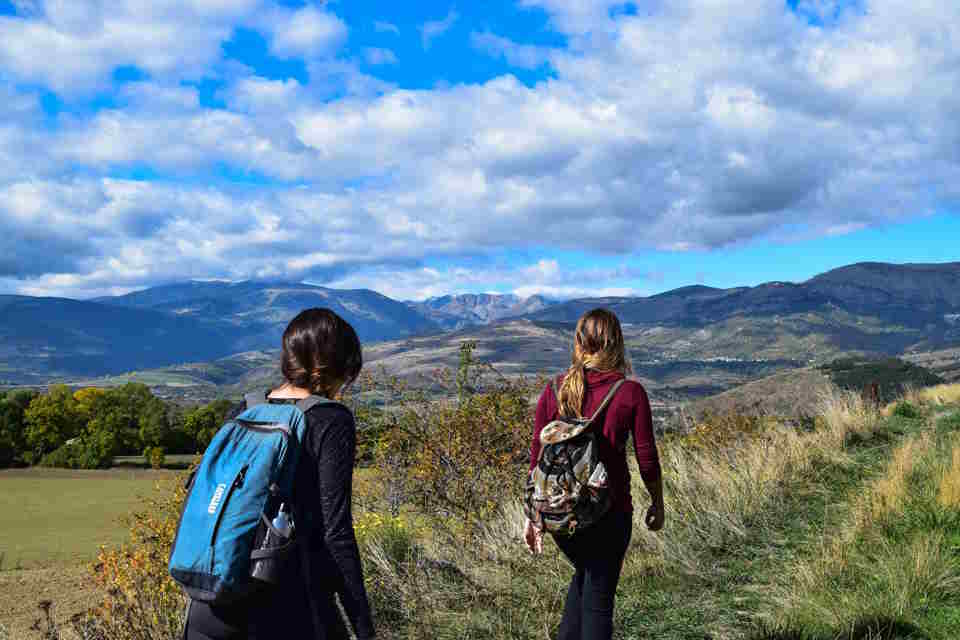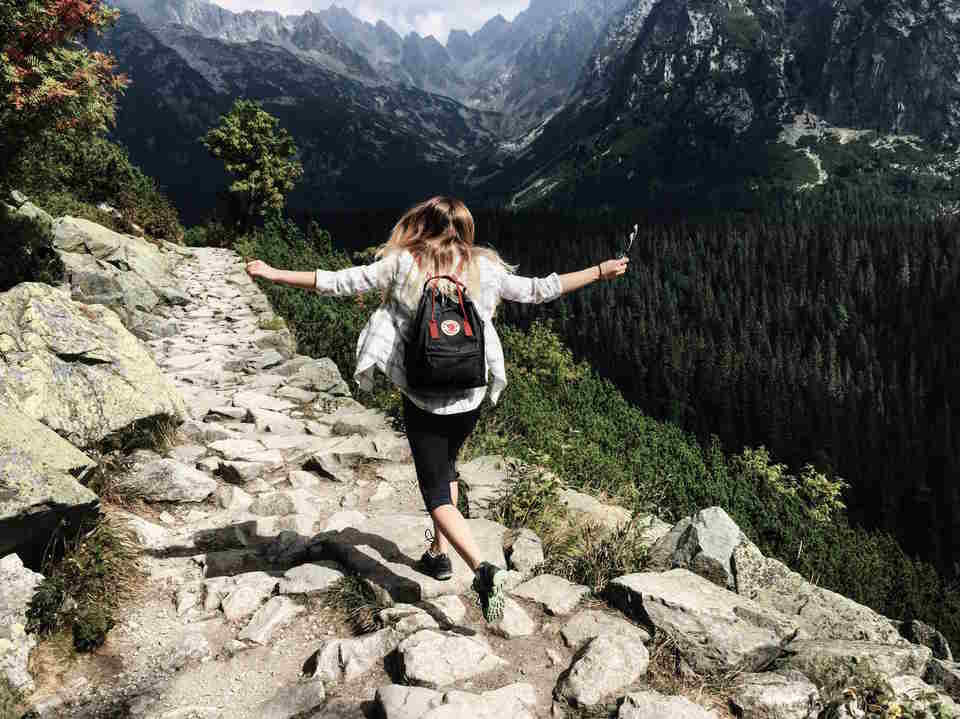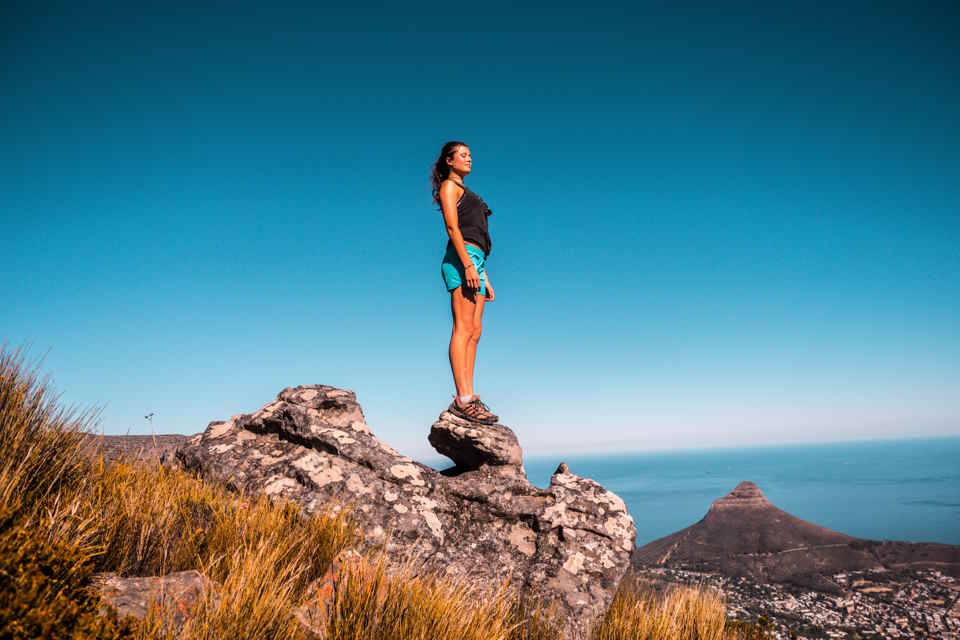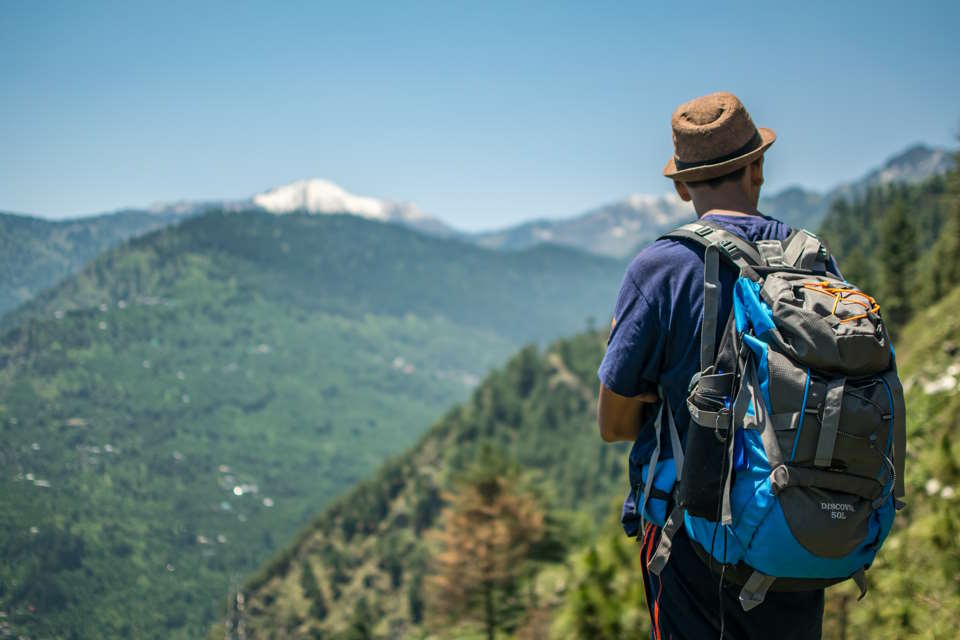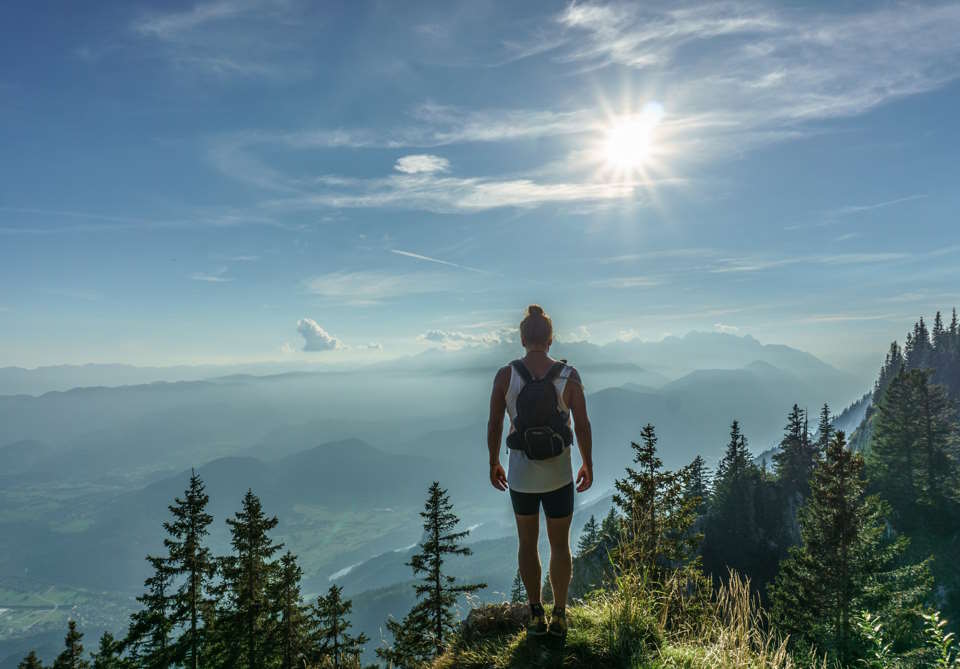Trekking, often referred to as hiking or backpacking, is a popular outdoor activity that involves walking long distances through natural environments such as mountains, forests, and deserts. It is not only a great way to stay active and explore nature, but it also offers a variety of benefits for both physical and mental well-being. In this blog post, we will dive into the definition of trekking and explore the numerous benefits it offers. We will also discuss the essential equipment needed for a successful trekking experience, as well as some popular trekking destinations around the world. Lastly, we will provide helpful tips for those looking to embark on their first trekking adventure or enhance their current trekking experiences. So, whether you are an experienced trekker or a beginner looking to learn more about this exhilarating outdoor activity, this blog post has something for everyone.Discover the definition and benefits of trekking, essential equipment, popular destinations, and tips for a successful trekking experience. Plan your next adventure with confidence!
Definition Of Trekking
Trekking is the act of undertaking a long and challenging journey, usually on foot, especially in mountainous or wilderness areas. It involves walking for multiple days and being self-sufficient, carrying all the necessary equipment and supplies with you.
It is a popular activity for outdoor enthusiasts who enjoy connecting with nature and testing their physical and mental capabilities. The experience of trekking allows individuals to explore remote and unspoiled landscapes, immerse themselves in different cultures, and push their limits in terms of endurance and stamina.
Furthermore, trekking often involves camping, which adds an extra element of adventure and excitement to the journey. It offers a way to disconnect from the hustle and bustle of everyday life and find tranquility in the natural world.
Overall, trekking is a form of outdoor recreation that provides an opportunity for personal growth, self-discovery, and a deeper appreciation for the environment and the world around us.
Benefits Of Trekking
Trekking is a wonderful way to experience the great outdoors and all the health benefits that come with it. Physical fitness is one of the major benefits of trekking. The hilly terrain and uneven paths provide a great workout for your muscles, helping you to improve your strength and endurance. The fresh air and scenic views also do wonders for your mental well-being, making trekking a great activity for stress relief. Additionally, being out in nature allows you to disconnect from the digital world and connect with the natural environment, which can have a profoundly positive impact on your overall mood and mindset.
Another key benefit of trekking is the opportunity to explore new places. Many trekking trails lead to beautiful and remote destinations that you wouldn’t be able to access by car. This allows you to discover hidden gems and experience the beauty of nature in its purest form. The sense of adventure and discovery that comes with trekking adds another layer of excitement and satisfaction to the experience, making it a truly memorable and rewarding activity.
In addition to the physical and mental benefits, trekking also offers the chance to connect with like-minded individuals. Whether you’re hiking with a group or joining a guided trek, you have the opportunity to meet and bond with people who share your passion for outdoor adventure. This sense of community and camaraderie can enhance the overall experience and make the journey even more enjoyable and fulfilling.
Overall, the benefits of trekking are numerous and diverse, ranging from physical fitness and stress relief to exploration and social connection. If you’re looking for a healthy, rejuvenating, and exciting outdoor activity, trekking may be just what you need.
Essential Equipment For Trekking
When planning a trekking adventure, it is crucial to make sure you have the essential equipment to keep you safe and comfortable during your journey. One of the most important pieces of equipment is a reliable pair of hiking boots that provide ankle support and good traction. In addition to proper footwear, having a durable and well-fitted backpack is essential for carrying all your gear and supplies. It is important to invest in a quality backpack that is appropriate for the length of your trek and can comfortably distribute the weight of your belongings.
Another essential piece of equipment for trekking is a weather-appropriate clothing. This includes moisture-wicking base layers, insulating mid-layers, and a waterproof outer layer to protect you from the elements. Additionally, don’t forget to pack a first aid kit with essential supplies such as bandages, antiseptic wipes, and pain relievers to address any minor injuries or discomfort along the way.
Other important items to include in your trekking equipment list are a reliable map and compass, a hydration system to keep you hydrated, a headlamp for navigating in low light conditions, and a multi-tool or knife for various needs. Lastly, don’t underestimate the importance of nutrition, so be sure to pack plenty of high-energy snacks and meals to keep your strength up throughout your trek.
By making sure you have all the essential equipment for trekking, you can ensure a safe, enjoyable, and successful outdoor adventure.
Popular Trekking Destinations
When it comes to choosing a destination for a thrilling and adventurous trekking experience, there are countless options to consider. From snow-capped mountains to lush forests, the world is full of breathtaking locations that offer unforgettable trekking opportunities. Whether you’re an experienced trekker or a novice looking to embark on your first journey, it’s important to carefully select a destination that suits your skill level and interests.
One of the most popular trekking destinations in the world is the Himalayas. With its towering peaks and dramatic landscapes, the Himalayas offer an unparalleled trekking experience for adventure enthusiasts. Whether you choose to trek to the base camp of Mount Everest or explore the Annapurna Circuit, the Himalayas are sure to leave you in awe of their natural beauty and splendor.
Another iconic destination for trekking is the Inca Trail in Peru. This ancient trail leads adventurers through stunning mountain scenery and past Incan ruins, culminating in the awe-inspiring Machu Picchu. The Inca Trail is not only a physically rewarding trek but also a culturally rich experience that offers a glimpse into the history and heritage of the region.
For those seeking a unique trekking adventure, the canyons and rock formations of the American Southwest provide a captivating backdrop for exploration. From the Grand Canyon in Arizona to the otherworldly landscapes of Utah’s national parks, trekking in the American Southwest offers a diverse range of experiences, from challenging desert hikes to secluded slot canyon excursions.
Tips For A Successful Trekking Experience
When planning for a trekking adventure, it is important to prepare yourself physically and mentally. Trekking can be a challenging and rewarding experience, but being adequately prepared can make all the difference in ensuring a successful trip. Here are some essential tips to help you make the most of your trekking experience.
First and foremost, it is crucial to choose the right trekking destination based on your fitness level and experience. Research the terrain, altitude, and weather conditions of the area to ensure it aligns with your abilities. Additionally, consider the duration of the trek and whether it is suitable for your physical capabilities.
Next, invest in high-quality trekking gear and equipment. A good pair of hiking boots, moisture-wicking clothing, a sturdy backpack, and essential survival gear are all necessary for a successful trek. It is important to pack light, but also ensure that you have all the essential items to keep you safe and comfortable throughout the journey.
Furthermore, it is crucial to acclimatize to high altitudes if you are trekking in mountainous regions. Gradually ascending and allowing your body to adjust to the thinner air can prevent altitude sickness and ensure a more enjoyable trekking experience. Keeping hydrated and taking frequent breaks are also essential for acclimatization.


